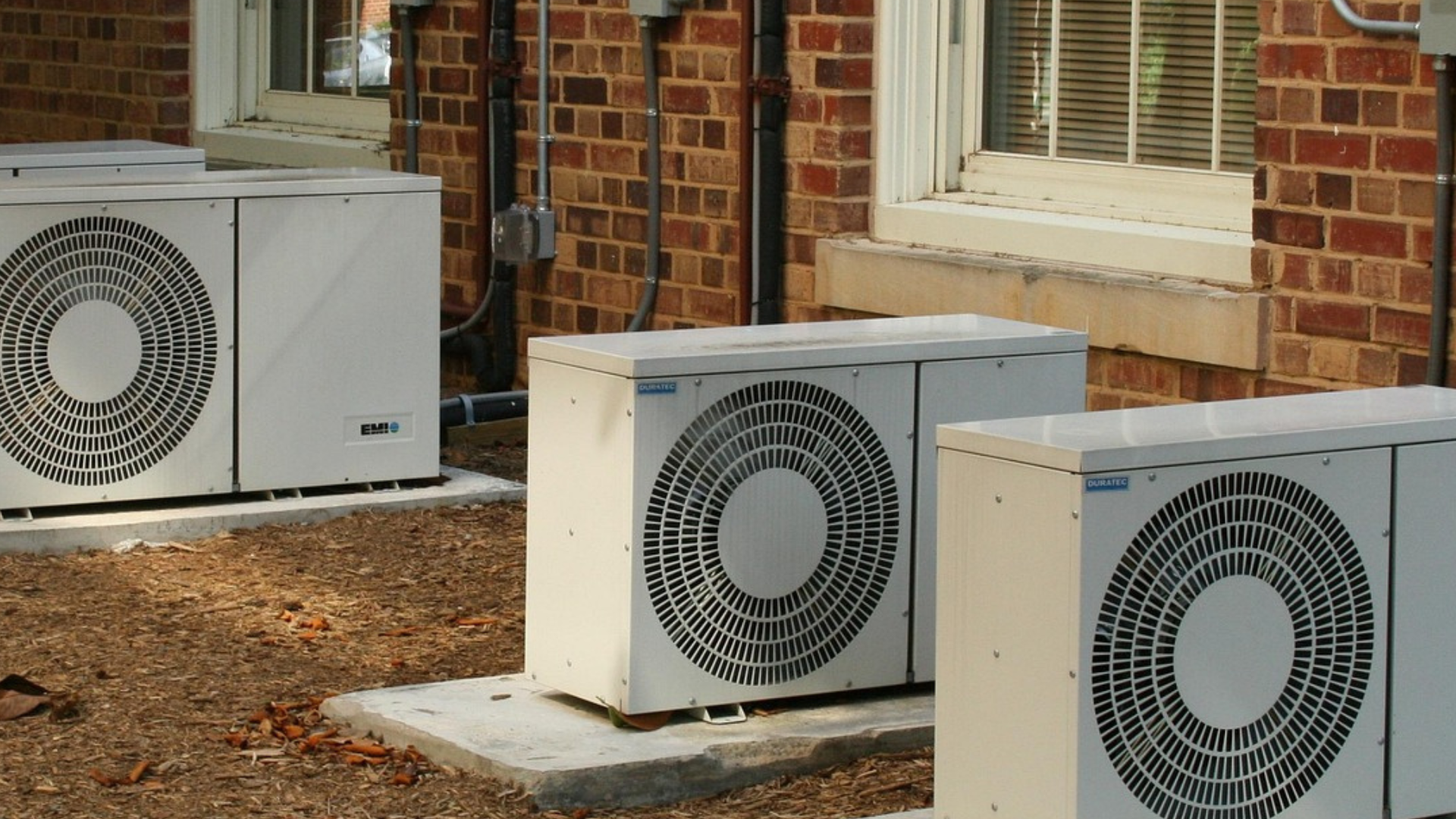NEPA Reform Under the SPEED Act Following House Approval
- Topics :
- Policy
California’s AB 1280: Scaling Heat Pumps and Thermal Storage for a Decarbonized Grid
Published September 22, 2025

California has set some of the most ambitious climate goals in the world: carbon neutrality by 2045 and a 100 percent clean electricity grid by the same year. To achieve these targets, the state must confront emissions from buildings, which rely heavily on fossil fuels for heating and cooling. In this context, the California legislature has advanced AB 1280, a bill that expands incentive programs for heat pumps and thermal energy storage (TES). The legislation is designed to encourage the adoption of efficient, flexible, and electrified building technologies that support a decarbonized grid. Importantly, the bill still requires the governor’s signature to become law, a critical next step in determining its impact on California’s energy transition.
California Policy Push with AB 1280
AB 1280 builds on California’s existing energy programs by broadening incentives for both heat pumps and TES technologies. These systems would become eligible for greater funding under programs such as the Self-Generation Incentive Program (SGIP), which has historically supported distributed energy resources like batteries. By explicitly including thermal energy storage alongside electrification technologies, the bill seeks to align incentives with California’s wider climate policies, such as the state’s 2022 Scoping Plan targeting deep building decarbonization.
The legislation underscores California’s strategy to electrify buildings while at the same time reducing peak electricity demand. Incentives will apply to both residential and commercial customers, helping to lower barriers for households and businesses to adopt these solutions. For policymakers, the bill is another step in California’s strategy to transform the building sector into a driver of clean energy integration.

The Role of Heat Pumps in Decarbonization
Heat pumps are central to California’s electrification push because they are far more efficient than traditional fossil fuel systems. Modern heat pumps can operate at three to four times the efficiency of natural gas furnaces, delivering both heating and cooling in one system. According to state targets, California aims to install 6 million heat pumps by 2030, a massive scale-up from today’s levels.
Market adoption is accelerating as costs decline and utilities expand incentive programs. Heat pumps also support grid flexibility by participating in demand response, shifting electricity use to off-peak times when renewable energy is more abundant. This dual role, cutting emissions and helping stabilize the grid, makes them a cornerstone of California’s building decarbonization agenda.
Thermal Energy Storage as a Grid Resource
Thermal energy storage offers a complementary pathway to reduce emissions and manage electricity demand. These systems store energy in the form of chilled water, ice, or phase-change materials, which can then be used to cool buildings during peak demand hours. By shifting cooling loads to periods of abundant solar or wind energy, TES reduces the need for fossil fuel-based peaker plants.
Several early deployments in California schools, universities, and commercial buildings have demonstrated the cost savings and demand reduction potential of TES. When paired with electrification and advanced energy management systems, TES can provide a reliable and predictable resource for utilities while lowering costs for building operators.

Economic and Business Implications
The passage of AB 1280 would expand incentives that make it easier for households and businesses to invest in these technologies. Lowering upfront costs helps accelerate adoption while reducing long-term energy bills. For utilities, widespread use of heat pumps and TES means less strain on the grid during peak hours and a more balanced load profile throughout the day.
Economic benefits extend to workforce development as well. The demand for skilled labor in HVAC installation, construction, and energy services will increase as more projects move forward. At the same time, challenges such as financing, workforce training, and equitable access to incentives remain critical to address. Without careful design, low-income households could be left behind in the transition to electrified buildings.
Conclusion
California’s AB 1280 represents a major opportunity to advance building decarbonization by promoting heat pumps and thermal energy storage as dual solutions for emissions reduction and grid resilience. If signed into law, it will not only help the state move closer to its 2045 targets but also set an example for other states exploring how to electrify and modernize their building sectors. The success of AB 1280 will depend on effective implementation, equitable program design, and continued innovation in clean energy technologies.
References
- California Legislature, AB 1280 Bill Text
- California Air Resources Board, 2022 Scoping Plan
- Facilities Dive, California Bill AB 1280 Expands Incentives for Heat Pumps and Thermal Energy Storage









